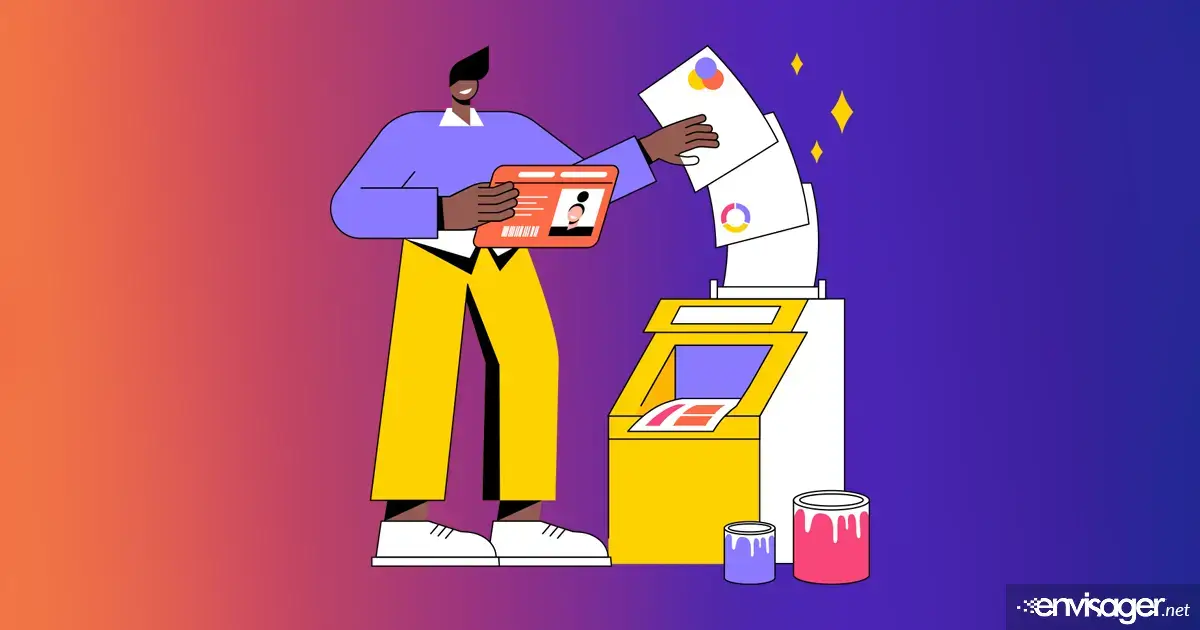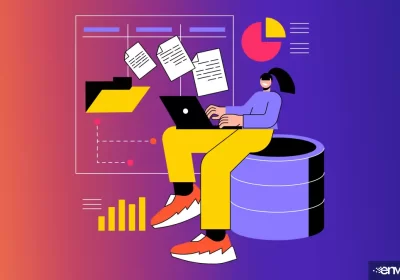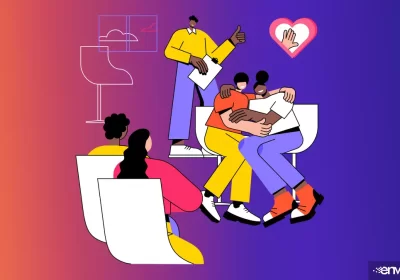How is Web Design Similar to Print Design?

In the realm of visual communication, web design is similar to print design in that they both serve the purpose of conveying information effectively and aesthetically. Despite their different mediums—one digital, the other tangible—these two design disciplines share several fundamental principles and techniques. Understanding these similarities can enhance your ability to create visually cohesive and engaging content across both platforms.
How web design is similar to print design
1. Fundamental Design Principles
One of the key ways web design is similar to print design is that they both rely on core design principles such as balance, contrast, hierarchy, alignment, repetition, and proximity. These principles help in organizing content, guiding the viewer’s eye, and creating a visually appealing layout. For instance, the use of contrast in color and typography can emphasize important information, while balance ensures that the design feels stable and harmonious.
2. Typography
Typography plays a crucial role in how web is similar to print design. Choosing the right fonts, sizes, and line spacing can significantly impact readability and the overall aesthetic of the design. Both mediums require careful consideration of font pairing and hierarchy to ensure that the text is both legible and visually appealing.
3. Color Theory
Understanding color theory is essential in both web and print design. Designers must consider how colors interact, their emotional impact, and how they contribute to the overall design’s purpose. While web designers must also consider screen displays and digital color profiles (RGB), print designers focus on how colors will appear when printed (CMYK). Despite this difference, the fundamental principles of color harmony and contrast remain the same.
4. Visual Hierarchy
Creating a clear visual hierarchy is vital for guiding the audience through the content effectively. Both web and print designers use techniques like varying font sizes, boldness, and placement to establish which information is most important and should be noticed first. This hierarchy helps in organizing content logically and ensures that the key messages are communicated effectively.
5. Imagery and Graphics
The use of high-quality images and graphics also makes web design similar to print design. Both mediums require images that are relevant, high-resolution, and well-integrated into the overall design. Designers must ensure that graphics enhance the message rather than distract from it. Additionally, both web and print designers need to consider how images will be viewed in their respective formats, ensuring they maintain clarity and impact.
6. Brand Consistency
Maintaining brand consistency is crucial in both web and print design. Designers must ensure that all materials reflect the brand’s identity, including its logo, color scheme, typography, and overall style. This consistency helps in building brand recognition and trust among the audience, regardless of the medium.
7. User Experience
While user experience (UX) is often associated more with web design, it is equally important in print design. Both disciplines aim to create an intuitive and enjoyable experience for the user. In web design, this might involve easy navigation and interactive elements, while in print design, it could be about the tactile feel of the paper and the ease with which a booklet can be read.
Conclusion
Web design and print design, though distinct in their mediums, share a common foundation in design principles, typography, color theory, visual hierarchy, imagery, brand consistency, and user experience. By understanding and leveraging these similarities, designers can create cohesive and compelling content that resonates with audiences across both digital and physical platforms. Embracing the strengths of each medium while maintaining a unified design approach can lead to more effective and impactful communication.
You may also enjoy reading: Effective Marketing Strategies for MedSpa Websites

Hazel Burgess
FOUNDER/SEO DIRECTOR
Hazel is the Founder & SEO Director at Envisager Studio, a premier website design agency specializing in WordPress website design, development and internet marketing. In her spare time, she writes about search engine optimization, website design, and internet marketing.




